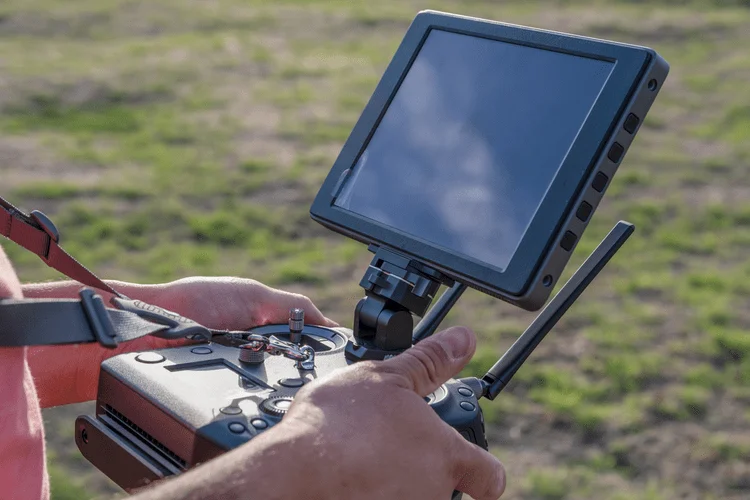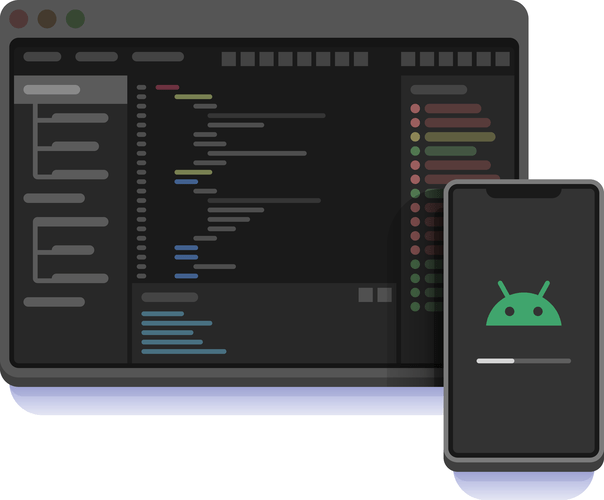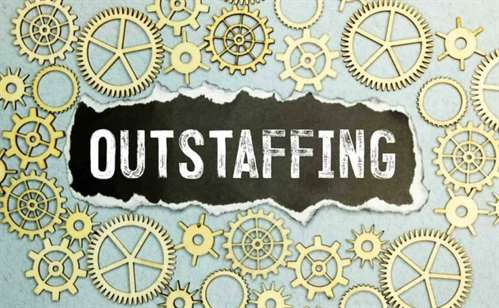Failures in a CI/CD pipeline are immediately visible and halt the development of the affected launch to later levels of the cycle. This is a gatekeeping mechanism that safeguards the more essential environments from untrusted code. Azure Pipelines is a cloud-based steady integration and continuous supply (CI/CD) service supplied by Microsoft Azure. It is used to build, take a look at, and deploy code to multiple targets, corresponding to cloud companies, virtual machines, and on-premises servers.

The artifact produced will work with placeholders or surroundings variables for the build-once strategy to work. You’re delivering modifications of all types into a live surroundings on a regular basis; you possibly can ship configuration changes, infrastructure changes—everything! CI’s mission is to provide an artifact in some unspecified time in the future in time of the applying that satisfies customer expectations—in different words, that has good quality built in. However, to have the ability to keep a healthy CI/CD system, you should also proactively assess your pipelines and take preventative measures before issues break. In this part, we’ll discuss how one can establish baselines to monitor pipeline well being over time and tackle performance regressions. Here’s a primer on the way to monitor the CI/CD delivery pipeline and the method to correlate that information with different metrics in order to obtain optimal general performance of your purposes.
It’s like having an professional mechanic who prevents small issues from changing into costly fixes down the road. Now, since Github is a hosted service right now we will focus on Monitoring Jenkins and ArgoCD only. There are more CI tools, however I wanted to keep the list quick with the instruments I’ve personally used.
The Best Ci/cd Pipeline Monitoring Instruments
However, if a company is about as much as merge all branching supply code together on at some point (known as “merge day”), the resulting work can be tedious, handbook, and time-intensive. That’s as a end result of when a developer working in isolation makes a change to an application, there’s an opportunity it’s going to battle with different changes being concurrently made by different builders. This means testing every little thing from classes and function to the different modules that comprise the whole app. One of the benefits of CI is that if automated testing discovers a battle between new and current code, it is easier to repair those bugs quickly and often. CI/CD falls under DevOps (the becoming a member of of development and operations teams) and combines the practices of steady integration and continuous delivery.
- Taken together, all of those related CI/CD practices make the deployment process much less dangerous, whereby it’s easier to release adjustments to apps in small items, somewhat than all at once.
- The CI/CD pipeline removes handbook errors, standardizes developers’ feedback loops and increases the speed of product iterations.
- With containers, developers have a better time replicating the configuration that will be used in a while in the pipeline with out having to either manually set up and keep infrastructure or sacrifice environmental fidelity.
- Taken together, these linked practices are sometimes called a “CI/CD pipeline” and are supported by improvement and operations groups working together in an agile means with either a DevOps or web site reliability engineering (SRE) strategy.
Jenkin’s strengths embrace being open-source, straightforward to use, highly customizable, and having a large community for help. However, it requires extra plugins for certain options, restricted built-in safety features, and potential efficiency issues with giant pipelines. Jenkins is distributed as WAR files, native packages, installers, and Docker photographs ci/cd monitoring and is on the market at no cost obtain. CD’s mission is then to move those artifacts throughout all the completely different environments of an organization’s development lifecycle. What’s important in CD is that it will all the time deploy the identical artifact in all environments.
The Precept Of Least Privilege Explained (with Finest Practices)
These dashboards show the deployment frequency and state (success/failure) by software. These dashboards enable DevOps leaders to track the frequency and high quality of their steady software program launch to finish customers. Continuous integration, supply, and deployment, identified collectively as CI/CD, is an integral part of fashionable improvement supposed to reduce back errors throughout integration and deployment whereas increasing project velocity. CI/CD is a philosophy and set of practices often augmented by sturdy tooling that emphasize automated testing at each stage of the software pipeline. By incorporating these ideas into your follow, you can reduce the time required to integrate adjustments for a launch and completely check every change before moving it into manufacturing. CloudBees CodeShip is a cloud-based CI/CD platform that allows builders to build, check, and deploy their code in a quick and efficient manner.

Some variations between staging and production are anticipated, but preserving them manageable and making sure they’re well-understood is crucial. Some organizations use blue-green deployments to swap manufacturing visitors between two practically similar environments that alternate between being designated production and staging. Less excessive methods concerned deploying the same configuration and infrastructure from manufacturing to your staging surroundings, but at a decreased scale. Items like network endpoints would possibly differ between your environments, but parameterization of this type of variable knowledge might help ensure that the code is constant and that the environmental differences are well-defined.
A secondary benefit is that you do not have to wait lengthy for answers and may, if needed, fix bugs and safety issues whereas the topic continues to be fresh in your thoughts. DevOps organizations are anticipated to enhance performance without disrupting the business. Considering the increased dependence on automation technologies and a cultural change centered on speedy and continuous supply cycles, DevOps organizations need consistency of efficiency across the SDLC pipeline.
Monitor And Enhance Your Ci/cd On Aws Codepipeline With Datadog Ci Visibility
fail, and the way lengthy they take to complete. When invoking Maven builds with Jenkins, it’s unnecessary to use setting variables to configure the Maven build (OTEL_EXPORTER_OTLP_ENDPOINT…) to rely on the Jenkins functionality to inject OpenTelemetry configuration as surroundings variables. Observing CI/CD pipelines is achieved by instrumenting the completely different CI/CD and DevOps instruments.

OpenTelemetry Collector Span Metrics Processor to derive pipeline execution traces into KPI metrics like throughput and the error fee of pipelines. You can also set off your Maven builds from the CI platform and visualize the end-to-end
Change Failure Fee
Tekton is a community-driven project hosted by the Continuous Delivery Foundation (CDF). Tekton’s standardized strategy to CI/CD tooling and processes is relevant throughout multiple distributors, programming languages, and deployment environments. The Splunk platform is a perfect solution for IT teams which are embracing DevOps, as it enhances the pace, quality, and business value of application delivery.

In the example shown beneath, you’ll be able to click on a person GitLab job to see its underlying span tags and think about details in regards to the Git commit and CI provider-specific information. Investigating a specific span’s metrics can even offer you perception into the underlying host’s CPU usage, load, network site visitors, and other particulars about how the job was executed. These infrastructure metrics can give you clues into whether or not your job was impacted by heavy load on the server or a lack of available resources. By implementing the following best practices, you probably can keep the pace and reliability of your pipelines, even as you scale your teams and CI/CD workflows.
Once you add these annotations, Prometheus ought to auto-discover these providers and metrics will start displaying up. In addition to JVM data, the plugin additionally exposes details about the job queue, executor counts, and different Jenkins-specific information. The Jenkins Prometheus plugin exposes a Prometheus endpoint in Jenkins that permits Prometheus to collect Jenkins utility metrics.
Building your personal answer enables you to tailor it to your organization’s distinctive wants however requires lots of sources. In this article, we’ll present a small tutorial on the CI/CD pipeline process, talk about its makes use of and finest supply practices and explore the numerous advantages CI/CD can deliver to the development life cycle and in the end, your entire group. Integrating automated service health checks in deployment pipelines is important for end-to-end deployment automation, which crucially enables deployment frequency to be increased.
Is Steady Integration To Continuous Deployment A Progression – Or Not?
There are a couple of things to assume about when looking for CI/CD instruments to add to your growth tools chain. The check traces help you understand take a look at execution, detect bottlenecks, and compare https://www.globalcloudteam.com/ test executions across time to detect misbehavior and points. To inject the setting variables and repair particulars, use customized credential varieties and assign the credentials to the Playbook template.
It provides a versatile and highly effective set of instruments for builders to build, test, and deploy functions throughout cloud providers and on-premises systems. Using Datadog’s GitLab integration, we’re in a position to collect runner logs that help us monitor the number of cleanup jobs that succeed. The screenshot above shows a log monitor that triggers when fewer than three profitable cleanup jobs have been executed up to now hour. However, it’s impossible for platform engineers to identify CI/CD points with dashboards alone.
While downtime and other points should be mitigated as quickly as attainable, it is necessary to perceive that the CI/CD system is a good tool to ensure that your adjustments usually are not introducing different bugs or further breaking the system. Putting your repair via the pipeline (or just utilizing the CI/CD system to rollback) will also forestall the following deployment from erasing an ad hoc hotfix that was applied directly to manufacturing. The pipeline protects the validity of your deployments regardless of whether this was a regular, deliberate release, or a fast repair to resolve an ongoing issue. Tekton offers a variety of options, together with reusable task elements, Kubernetes-native architecture, and pluggable architecture for customized integrations. It is designed to help trendy cloud-native utility development and is extensively utilized by organizations that leverage Kubernetes and different cloud technologies.